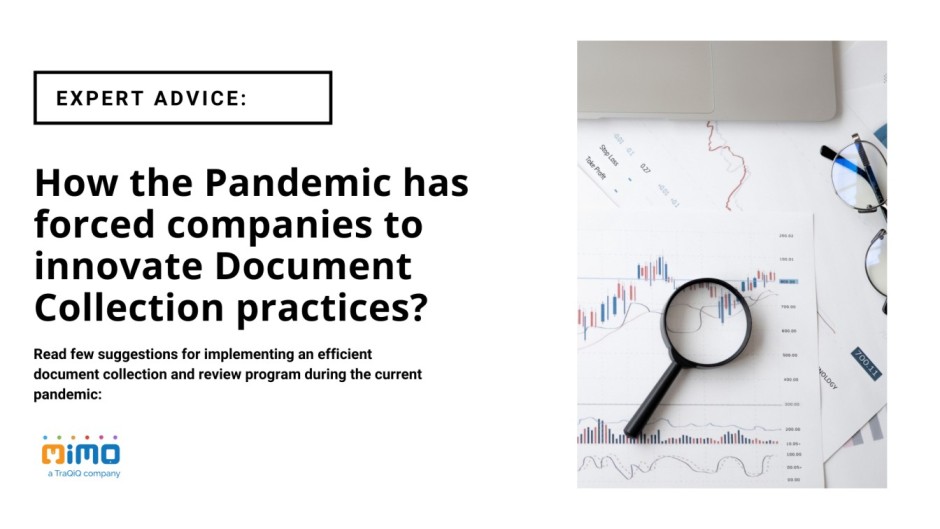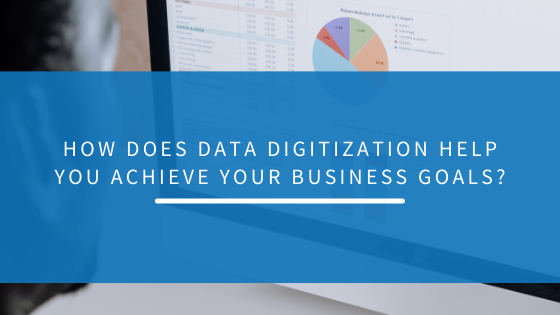How the Pandemic has forced companies to innovate Document Collection practices.
- June 10, 2021
- 7:10 am
- data, digitization, document collection, services
With the onset of the global COVID-19 pandemic and efforts to contain it through public health measures, social distancing, lockdown, and quarantine measures, the data and assessment landscape is facing long-term impact, which could provide the long-awaited push for all stakeholders providing international assistance to re-invent not only how to collect important business documents in the coming months, but also to translate the accumulated rich experience into current practices.
The difficulties that the pandemic creates in accessing communities and collecting important documents will affect not only the humanitarian community but all stakeholders who rely on up-to-date data for response and planning. Document Collection during a pandemic involves several important challenges. Even while lockdown restrictions appear to be reducing, the techniques utilized in the “old normal” may not be fit for purpose at the current stage of the crisis. Continued restrictions on local and international travel, as well as employee incapacity (or unwillingness) to visit offices and storage facilities, may jeopardize a company’s ability to collect all required documents and data.
Table of Contents
Here are a few suggestions for implementing an efficient document collection and review program during the current pandemic:
Data Mapping is critical
This has always been a crucial tenet for any internal inquiry – but given the complexities of accessing documents, a detailed custodian and data map showing the location and recoverability of physical and electronic documents and data must be developed.
Collating Physical Documents
With the lockdown easing, it is becoming somewhat simpler, if not practicable, to collate hard copy documents. If they can be safely compiled, think about where the physical documents can be delivered. Consider if it is essential or cost-effective to digitize the data using scanning software.
Is there a secure hub nearby that reviewers can access in a COVID-safe manner? If it is not possible to retrieve physical documents safely, businesses should carefully consider how to preserve and secure them so that they can be recovered at a later period.
Electronic documents and data
This is one instance where technology can be advantageous. There are numerous methods in which IT forensic teams may assist businesses in gathering data remotely. This can range from typical in-person attendance at offices to “image” data (although on a socially distanced basis) to full forensic copying of the essential data.
The pandemic’s challenges to successful document collecting can be overcome with a little innovation and innovative thinking, as well as patience and planning. Collecting and verifying proper documents is vital for the success of any organization. MIMO can verify, compile, and deliver required documents to you, and ensure that they are properly obtained, managed, and delivered without delay.
MIMO has proven experience in the Finance industry which includes institutions such as Banks, MFI’s, and NBFCs. Our services in this domain include:
- NACH Pickup
- Loan Application & Documentation
- Agreements
- Cheque Pickup
- Credit Card Application & Documentation
- Business Documents
- KYC Documents
MIMO can compile, gather, and manage vast quantities of documents without risking privacy.
- Processes are comprehensive.
- We preserve the integrity and authenticity of documents collected.
- Company or individual operations are not disrupted.
- The chain of custody is not influenced by external factors.
- Real-time delivery of data.
Like this article?
More To Explore

What Factors Should Organizations Consider Before Outsourcing Their Internal Audit Functions?
+91 1141182211 Outsourcing has become a strategic choice for many organizations looking to streamline operations, reduce costs, and enhance efficiency.

Outsourcing Internal Audit: Evaluating the Upsides and Downsides for Your Organization
+91 1141182211 In today’s dynamic business environment, companies face increasing pressure to enhance efficiency, manage risks effectively, and ensure compliance

A Background Verification Guide: Frequently Asked Questions and Their Answers
+91 1141182211 Background verification (BGV) is a crucial process used by employers to ensure they are hiring candidates with accurate




